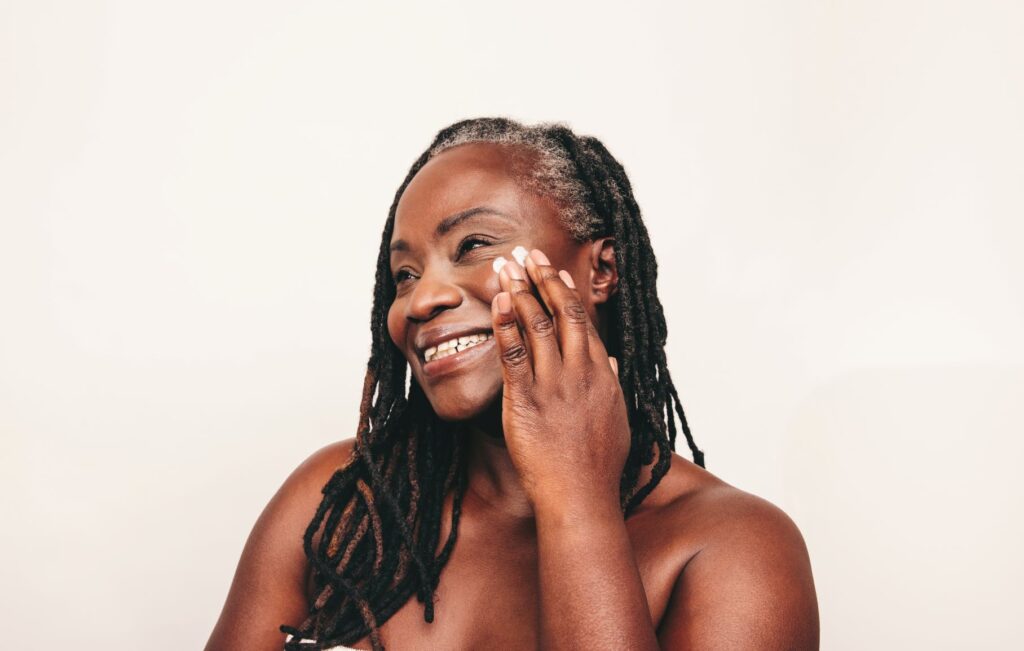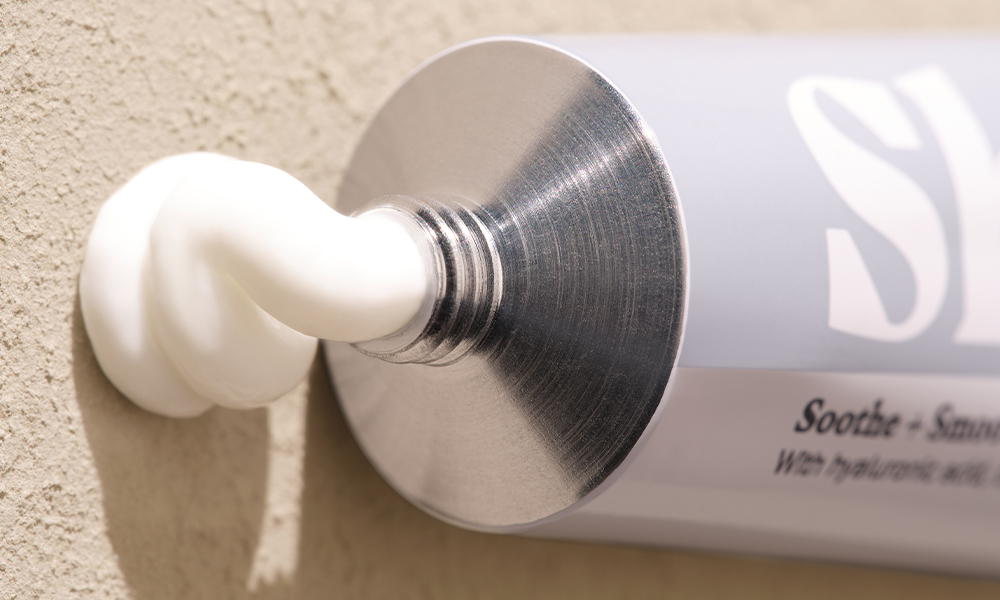Ask A Dermatologist: Skincare Tips For Winter

Link to share article here:
How To Get Your Skin Used To Active Ingredients
If you’re building a simple yet powerful skincare regime, chances are you’ve heard about active ingredients. They’re the holy grail of skincare – highly efficient compounds with plenty of scientific evidence backing up their efficacy.
However, with great power comes great responsibility, and actives are no exception to this advice. Here’s everything you need to know before you start using active ingredients, and how you can help your skin to acclimatise to your new routine.
What are active ingredients?
Actives are the ingredients in your skincare products that target specific skin concerns. They’re great for combating issues like acne, rosacea, hyperpigmentation, fine lines and skin texture.
Some of them are available over the counter while others have to be prescribed by a medical professional. Products also include cosmetic ingredients which might provide texture, fragrance, or short-term effects without focusing on a particular issue.
Retinoids are a family of active compounds derived from Vitamin A. Tretinoin works directly on the retinoic acid receptors found on your skin cells, making it the most powerful retinoid available. Tretinoin is used to treat acne, hyperpigmentation and wrinkles. However, it is only available on a prescription basis in the UK, meaning that it can’t be used without the supervision of a medical professional.
Retinol is a less potent retinoid and can be bought without a prescription. It isn’t as strong as tretinoin, but it is still an active ingredient that targets acne, ageing skin and cases of hyperpigmentation, including melasma. Then there’s retinyl palmitate, the weakest of the retinoid family, and retinaldehyde, which is in between retinol and tretinoin.
Clindamycin is a prescription-only active ingredient mainly used for the treatment of acne. It works by stopping the growth of acne-causing bacteria, reducing inflammation and promoting skin healing.
Metronidazole is prescribed by dermatologists to treat skin conditions including rosacea, acne and dermatitis. It works by targeting the bacteria that thrive in the hair follicles and cause inflammation.
And, azelaic acid is a non-prescription active ingredient found in many skincare products. It is an antioxidant with anti-inflammatory and anti-bacterial properties, so it’s a great addition to your regime if you want to target acne, rosacea, hyperpigmentation, or simply smooth out your skin texture.
How can you get your skin used to active ingredients?
Active ingredients can take some time to get used to, and can often cause some irritation when you first start using them. You might experience some side effects like redness, dryness, skin peeling or purging, which is when your skin breaks out due to a faster turnover of cells.
This is why Skin + Me personalised solutions gradually increase in strength, so your skin can adapt to the active ingredients slowly over several months. “We give people access to prescription-strength active ingredients that are personalised to your skin type and custom-blended to help you achieve your skin goals,” explains Head of Medical at Skin + Me, Dr Jason Thomson.
“Our dermatologist-designed treatments include powerful, scientifically proven-to-work active ingredients, but crucially we start people on low strengths of these actives and build up the skin’s tolerance safely over time by increasing the dose of the actives every month.”
And remember that less is often more when using actives. Be gentle with your skin – avoid hot water, say goodbye to abrasive cleaning tools and don’t overload it with too many new products at once. Start with a basic routine of cleanser, moisturiser, sunscreen and your active treatment cream. Once your skin is happy with these four steps then you can start adding in extras if you want to.
“Taking a holistic approach is really important in any dermatology consultation and a key message we advocate for our patients is the importance of using a stripped-back, simple and supportive skincare routine together with your Skin + Me treatment,” says Dr Jason. “This is important whenever you start using prescription-strength active ingredients and helps you to get the best out of your treatment.”
It can take a few skin cycles to see the impact of your active ingredients. A skin cycle is approximately six weeks, so it’s important to give the active ingredients in your skincare a chance to work their magic. Within 90 days your skin should have acclimatised and the actives should be doing their job – this is when you will hopefully begin to see results. Don’t be afraid to ask for help from an expert if you have questions about getting your skin used to active ingredients (the Skin + Me Dermatology Team is just an email away at hello@skinandme.com).
And, you’ve probably heard it from us before, but we’ll never stop talking about the fact that consistency is key when it comes to using skincare. Active ingredients need to be used every day to achieve results, so make them part of your daily routine. It’s a nice way to take ten minutes to yourself at the end of the day – light a scented candle, pop on a playlist and enjoy a moment of self care. Aaaand breathe.
New to Skin + Me? Get your first month of personalised skincare for £4.99 with promo code DOSE – complete our quick consultation here.
Looking for a routine refresh? Add the Dream Routine to your Skin + Me subscription.
In need of a restock? Head to The Skincare Shop for one-off purchases of your Routine Essentials.



